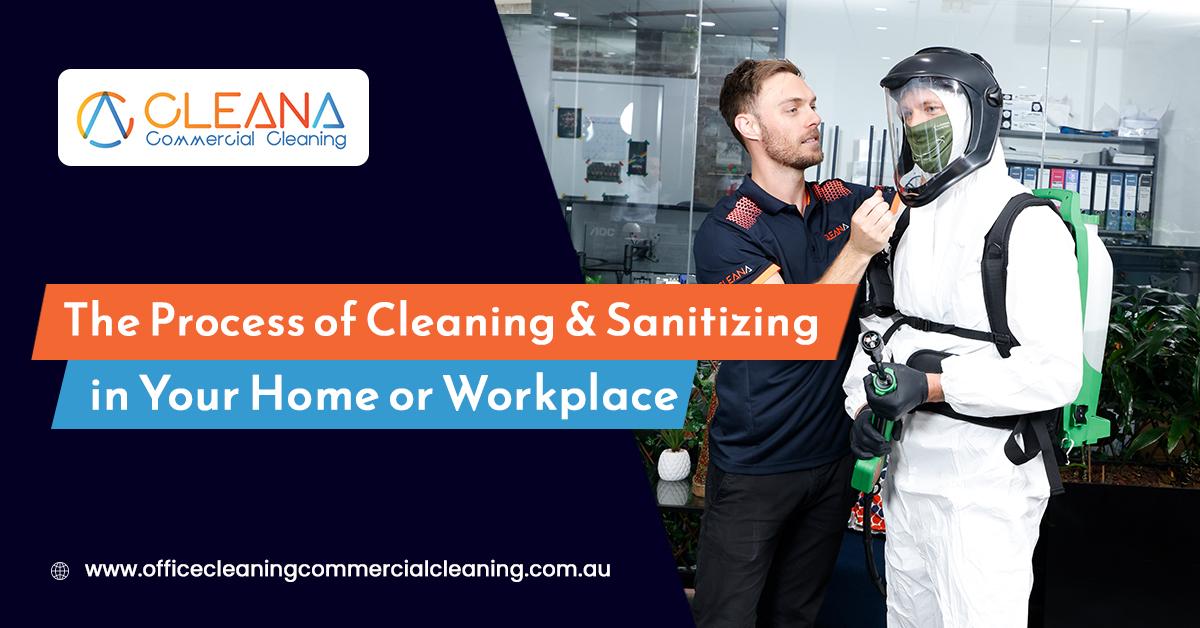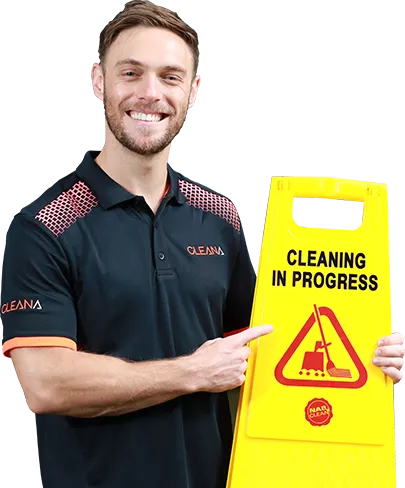The process of cleaning and sterilisation of your home or office is an essential part of maintenance and hygiene as it helps kill disease-causing pathogens. Because it is crucial to clean your living environment, it could be wise to know cleaning and effective cleaning products.
You should read the cleaning product’s labels and see each item’s intended use for better results. You should find a company compliant with the guidelines on established and acceptable cleaning procedures for your home, office, or other commercial cleaning services, such as Canberra office cleaners, where you will find top-rated cleaning services undertaken by experienced professionals.
Process of Cleaning
There may be critical items in your home or office that need particular attention during cleaning. These items could be predisposed to pathogens such as bacterial spores, viruses, or harmful fungus.
For instance, you should administer special attention to shared items like office chairs, and tablets that are likely to catch germs in an office environment.
It is wise to pay special attention to shared spaces when cleaning an office, and it is wise to use strong disinfectants that kill infection-causing pathogens.
At home, you should pay much attention to rooms such as the washrooms, the kitchen, and the sitting rooms as they are predisposed to dirt.
During the cleaning & sanitization process, it is better to start from the least soiled items to the dirtiest items in the living space. Cleaning from the cleanest ensures the dirt does not spread to more pristine parts of the house.
Moreover, it is wise to start from the highest point to the lower points since debris falls from the highest points and will last to clean.
It becomes easy to attain systemic cleaning when you start from higher to lower, and you would not miss any spots.
During the first cleaning, you can start with fresh clothes and change clothes during each cleaning session. For high-risk areas like hospital wards, you should use protective gear to avoid getting infections such as COVID-19.
When cleaning high-risk hospital environments, it would be wise to use different clothing for each patient’s bed. Moreover, when washing soiled clothes, it is wise to start with the cleanest to the dirtiest.
The cleaning equipment should be maintained clean, and it is wise to clean the buckets and other equipment used during cleaning.
Scrubbing The Surfaces
When scrubbing the surfaces at home, it could be better to remove any solid particles on the surface, eliminating the need to pick up so much dirt with your rag. Use a bucketful of warm water and a mild cleaner.
Scrub all the dirt particles off the tables and other surfaces in the house. Again, rinse off the dirt with clean and warm water until all the particles are off the surface. Finally, dry the surface with a dry towel or cloth and allow it to air dry.
When crabbing the floor, you can start with the farthest corner; dip your rag in water and wring it out without following any particular pattern. You should be consistent by working from left to right back and forth.
While working on the floor, it is wise to focus on the hidden surfaces under the cabinets. As you drag the rag on the floor, it will pick up dirt, and you will bring it into the bucket and continue cleaning the floor. If the house has overhead fans, you could turn them on as it helps dry the floor after mobbing.
Moreover, if debris is stuck on the floor, you could use a flat spatula to remove it. It would be best to be careful when scrapping the food particles from the ground and any surface to prevent damaging the surfaces.
When you have finished cleaning the floor, you could dump the dirty water into the toilet to prevent debris from getting stuck in your sink drain.
After mopping, it is wise to clean the rag and rinse the mop thoroughly after each use. You would rinse it with a cleaning solution to remove the dirt accumulated from cleaning the surfaces.
If the mop is machine washable, you can use the machine, but you can wash it by hand if it is not.
You can use bleach in a clean bucket to wash the mop or wash it at high temperatures. Moreover, you can soak the mop for 15 minutes, rinse the mixture until the water runs clear, and leave it to dry completely to avoid the growth of microbial pathogens.
Sanitisation
When sanitizing a home or office, you should aim at sterilizing as it helps remove any living organisms. You should disinfect inanimate objects and destroy all the vegetative cells, which could spread diseases. Sanitizing reduces the number of microorganisms to a level that is safe for your health.
You should use an approved sanitization process and chemicals which clean your home well. You could opt for thermal sanitization, which involves hot water or steam at a particular temperature and contact time.
Chemical sanitization involves using chemicals at a specific concentration time or contact time to clean your home effectively.
Use Chlorine Products
You can use hypochlorite-based products such as sodium hypochlorite like solid or powdered formulations. The formulations should be dissolved in water adequately to be an antimicrobial compound that cleans the house well.
Hypochlorite might be inactive in the presence of organic matter, and it might be okay to clean the surface first by scrubbing and cleaning the surface effectively.
Spraying Disinfectants And Other No-Touch Methods
After cleaning the house, it might be prudent to spray it with disinfectants routinely. Spraying might pose a health risk to your eyes and the respiratory system, and it would be wise to let people stay out of the home during the spraying exercise to reduce the chances of contamination.
Cleaning your home or office is easy. You can opt for professional cleaners or do it by yourself. When cleaning the living space, it is wise to consider shared surfaces or rooms as they are more likely to be contaminated by microorganisms than private rooms.
When cleaning the rooms, ensure you pay attention to the surfaces such as the tables and floors.
Moreover, bathrooms and kitchens need a thorough cleaning. After cleaning, it is wise to clean the equipment like buckets and mops to prevent bacterial growth.
Furthermore, you can disinfect, sanitize, and air spray the rooms after cleaning to ensure you kill all the pathogens.

